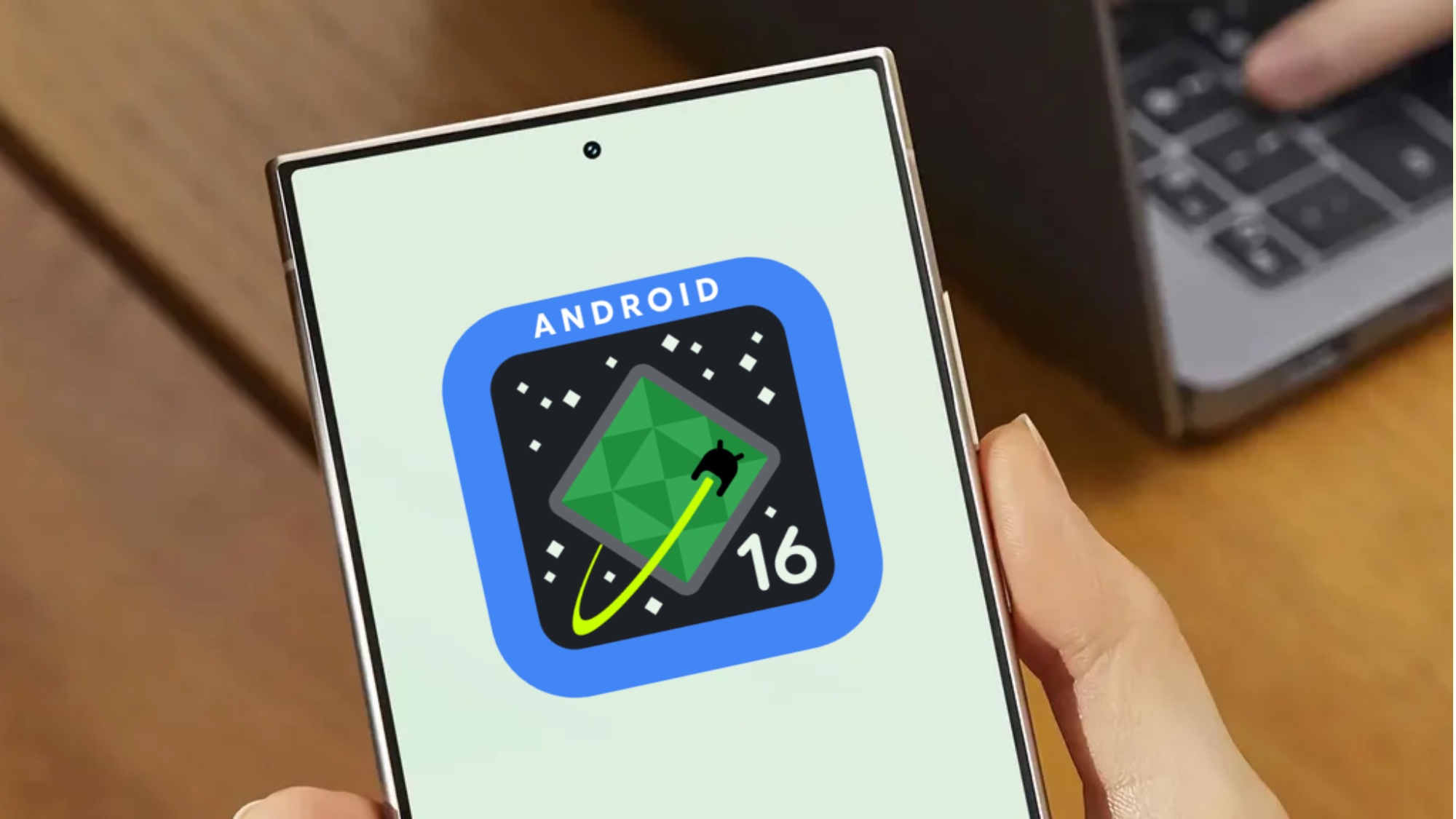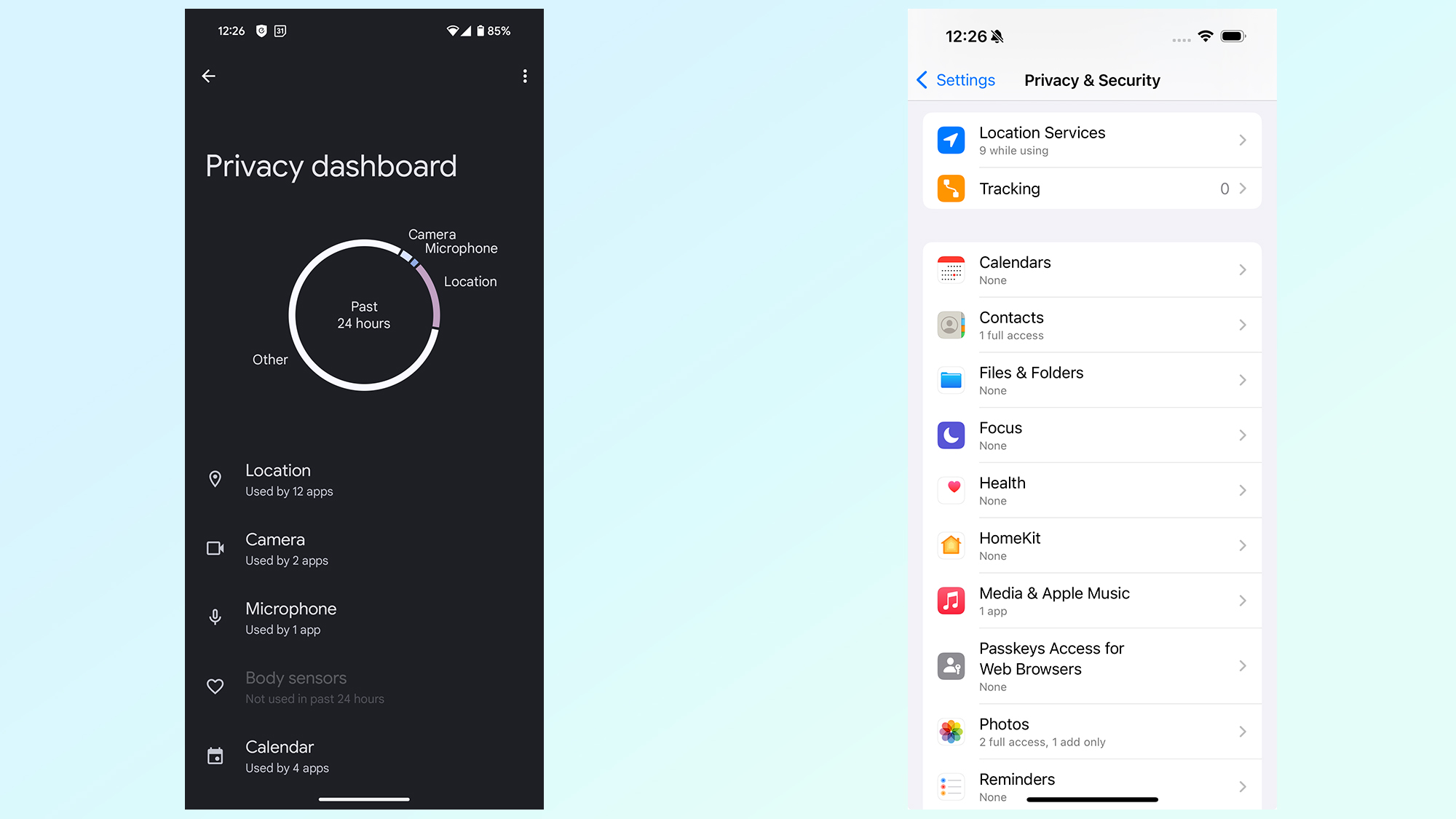
The Android 16 developer preview is here already, and it’s revealing some very interesting changes coming to Google’s mobile operating system. While Google did tell us there would be a new version of the Privacy Sandbox, with better data safeguards, it didn’t mention the revamped version of the Privacy dashboard (via Android Police).
Right now Android’s privacy dashboard can show you which permissions apps have used within the past 24 hours. Phones running the Android 16 developer preview see that timeframe increased to 7 days — which is equal to the permissions stats on iPhones.
It's definitely a good thing to be able to see more permissions history, because who has time to check the dashboard every single day? Still, Apple could learn a thing or two about Google’s approach.
An iPhone’s privacy menu also tells you which apps have used what permissions in the past 7 days — plus other pieces of information. But that’s a big long list of mostly text, whereas the Android privacy dashboard is certainly more visually appealing. This has been the case since it launched alongside Android 12.

Android has a pie chart showing you which permissions have been used the most. That includes the camera, microphone, location and the all-too mysterious “Other." The chart doesn’t tell you which apps have used what. You’ll have to rely on the list below to find out, but it does give you an immediate sense of what’s being used the most.
That system gives you a quick glimpse of what’s going on with your system, and lets you decide whether you want to explore further. It may even be enough to raise some red flags, if you’re particularly strict about what your phone does at any given time.
iPhones do offer a lot more information, which is no surprise given Apple’s constant push for better user privacy. It features optional App privacy reports, showing you which apps have connected to external servers — which information on which domains were connected to and when. There’s also more imagery in the permissions tracking list, which arguably looks a little neater.
So there’s still plenty of stuff Google could copy to further enhance the privacy aspect of Android — whether it’s in Android 16 or beyond. For now, though, maybe Apple could do the copying.







